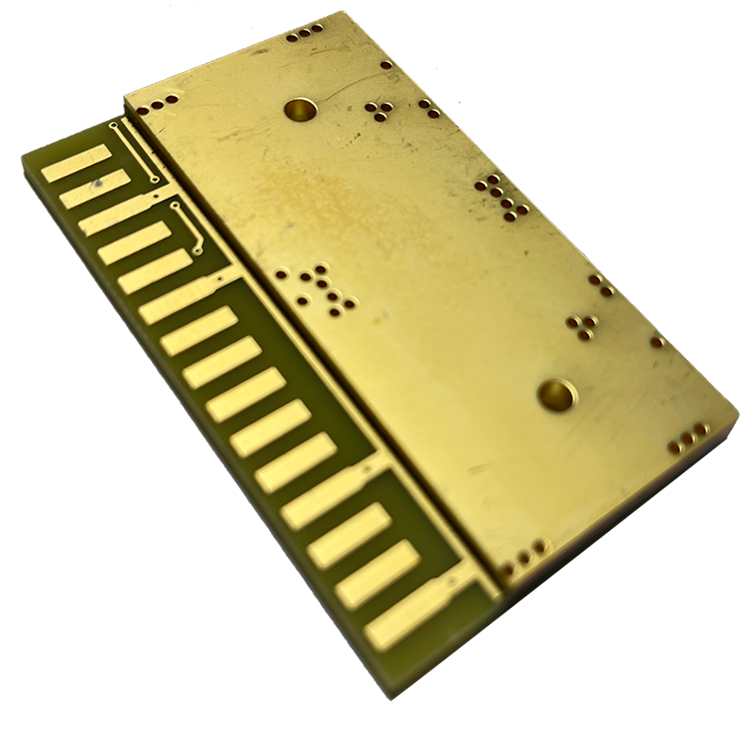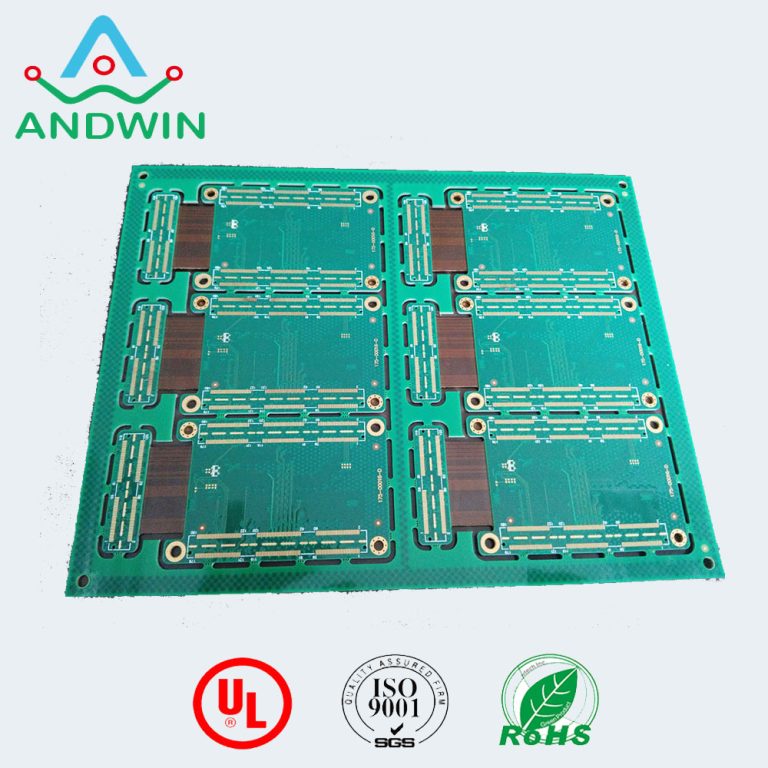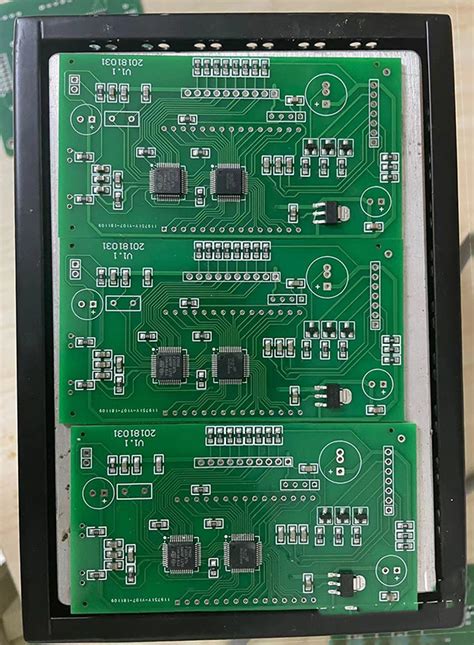PCB Fabrication Quotes: Cost Factors & Timeline Insights

Key Takeaways
Understanding PCB manufacturing costs begins with recognizing three core elements: material selection, design complexity, and production timelines. When requesting quotes from PCB manufacturing companies, you’ll notice FR4 substrates typically cost 20-40% less than HDI materials, making them ideal for standard applications. However, advanced projects requiring finer traces or higher density often justify the premium for HDI.
Here’s a breakdown of cost variables:
| Factor | Impact on PCB manufacturing cost | Example Scenarios |
|---|---|---|
| Layer Count | +15-30% per additional layer | 4-layer vs. 8-layer boards |
| Lead Time | -10-25% for standard (7-10 days) | Rush orders (3-5 days) |
| Surface Finish | +5-20% for ENIG vs. HASL | High-reliability designs |
Tip: Use instant online quoting tools to compare PCB manufacturing business pricing tiers. Platforms like PCBWay automate calculations based on your specs, reducing guesswork.
Design choices directly influence expenses—for instance, opting for larger panel sizes can lower per-unit costs. Always clarify tolerances and testing requirements upfront, as tighter specs may require specialized equipment. By balancing quality needs with budget constraints, you can optimize both timelines and expenditures in your PCB manufacturing workflow.
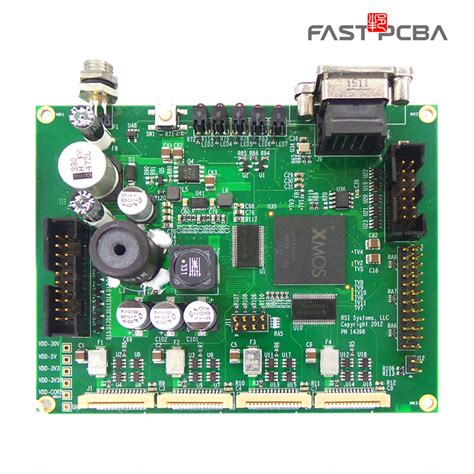
Key Cost Drivers in PCB Fabrication
When requesting a PCB manufacturing quote, understanding the primary cost drivers helps you make informed decisions. Material selection tops the list: standard FR4 substrates are budget-friendly, while advanced materials like HDI or flexible polymers increase PCB manufacturing costs due to specialized processing. Layer count directly impacts pricing—a 2-layer board might cost $5 per panel, whereas an 8-layer design could exceed $50, reflecting added complexity in lamination and alignment.
PCB manufacturing companies also factor in board dimensions and order volume. Larger panels optimize material usage but may require custom tooling fees, while bulk orders typically lower per-unit costs through economies of scale. Surface finishes like ENIG (Electroless Nickel Immersion Gold) add 15–30% to baseline pricing compared to standard HASL coatings.
Tolerances and testing requirements further influence expenses. Tighter trace/spacing specifications (<4 mil) or impedance-controlled designs demand precision equipment, raising production costs. Finally, lead time compression—such as requesting 24-hour turnaround—often incurs rush fees. By analyzing these variables, you can strategically align your PCB manufacturing business needs with budget constraints without sacrificing quality.
PCB Material Costs: FR4 vs HDI
Your choice of substrate material significantly impacts PCB manufacturing costs, with FR4 and HDI representing two common options. FR4, an epoxy-based laminate reinforced with glass fiber, remains the most cost-effective solution for standard applications due to its balanced performance and widespread availability. It typically accounts for 15-25% of total PCB manufacturing business expenses in multilayer designs, offering reliable thermal stability for consumer electronics and industrial controls.
In contrast, HDI (High-Density Interconnect) materials like polyimide or specialized ceramics cater to advanced applications requiring miniaturization or high-frequency operation. While these substrates enable tighter trace spacing and improved signal integrity, they can increase material costs by 40-60% compared to FR4. This price difference stems from complex manufacturing processes and specialized handling requirements—factors PCB manufacturing companies emphasize when quoting high-performance boards for 5G infrastructure or aerospace systems.
When evaluating PCB manufacturing cost drivers, consider application-specific needs: FR4 suffices for prototypes with moderate thermal demands, while HDI justifies its premium in designs prioritizing space optimization or signal fidelity. Many suppliers offer tiered pricing based on material grades, allowing you to balance performance requirements against budget constraints before finalizing your fabrication order.
Layer Count Impact on Pricing
The number of layers in your PCB design directly influences PCB manufacturing cost, as each additional layer introduces complexity in material usage, production time, and quality control. While 2-layer boards are often the most affordable option for simple prototypes, PCB manufacturing companies typically charge incrementally higher rates for 4-layer, 6-layer, or 12+ layer designs. This pricing structure reflects the added labor for aligning conductive layers, applying prepreg bonding materials, and ensuring precise electrical connectivity across stacked substrates.
For example, moving from a 4-layer to an 8-layer design may increase base costs by 30–50%, depending on the PCB manufacturing business’s capabilities. High-layer-count boards (16+ layers) often require specialized equipment and extended testing phases, further elevating expenses. However, consolidating functionality into fewer layers isn’t always cost-effective—overcrowded traces can compromise signal integrity, leading to redesigns. Balancing layer count with performance needs is critical: HDI technology allows denser layouts with fewer layers but comes at a premium compared to standard FR4-based designs.
When requesting quotes, clarify whether your supplier charges per layer or uses tiered pricing models. Some PCB manufacturing providers offer volume discounts for multilayer orders, making high-quantity production runs more economical despite upfront engineering costs.
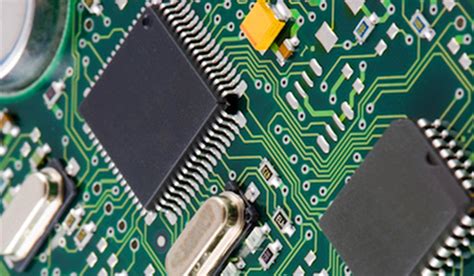
PCB Lead Time Variables Explained
When planning your project timeline, understanding the variables affecting PCB manufacturing lead times helps balance speed and quality. Order specifications play a critical role: complex designs with high layer counts or advanced materials like HDI often require additional engineering reviews and testing, extending production schedules. For instance, FR4-based boards typically ship faster due to material availability, whereas specialized substrates may involve longer procurement cycles.
PCB manufacturing companies prioritize orders based on quantity and delivery requirements. Prototype batches (1-5 boards) often qualify for expedited 24-48-hour turnarounds, while bulk orders face longer queues. However, even small batches can encounter delays if designs lack DFM (Design for Manufacturability) optimizations, necessitating back-and-forth revisions.
Another key factor is the supply chain efficiency of your chosen vendor. Established PCB manufacturing businesses with in-house material stocks and automated processes typically outperform smaller shops in consistency. Yet, rush fees for accelerated timelines can impact PCB manufacturing cost—a 30% premium is common for 5-day reductions.
To mitigate risks, use instant quoting tools offered by manufacturers to compare lead times upfront. Many platforms now integrate real-time inventory data, showing how material choices or layer counts affect both pricing and delivery windows. This transparency lets you adjust specs early, avoiding bottlenecks later.
Instant Online Quoting Tools Guide
When requesting PCB manufacturing quotes, modern online tools streamline the process by allowing you to input parametric specifications directly into web-based platforms. Leading PCB manufacturing companies integrate these systems to provide instant estimates based on variables like material type, board dimensions, and layer count. By entering your design files (often in Gerber format), you’ll receive a breakdown of PCB manufacturing cost influenced by factors such as copper weight, surface finish, and solder mask color.
Advanced platforms include real-time calculators that adjust pricing when you modify parameters like turnaround time or panelization options. For instance, selecting FR4 substrates over HDI materials instantly reflects cost differences, while increasing layer counts from 2 to 8 layers updates both pricing and lead times. These tools also flag potential design-for-manufacturability (DFM) issues, helping you avoid delays that could impact your PCB manufacturing business timeline.
To maximize accuracy, ensure your design files include precise drill charts and copper balancing details. Some platforms even offer comparison features, letting you evaluate quotes from multiple vendors side by side. While instant quotes provide a baseline, always verify with a project engineer—especially for complex designs requiring impedance control or specialized testing.
By leveraging these tools, you gain transparency into cost drivers early, enabling smarter budgeting and faster decision-making.
Prototype Order Specs and Costs
When requesting PCB manufacturing quotes for prototypes, your order specifications directly influence both pricing and production efficiency. Quantity remains a primary cost driver—smaller batches (1–5 boards) typically incur higher per-unit costs due to setup fees, while larger prototype runs (10–50 units) often benefit from economies of scale. PCB manufacturing companies also evaluate board dimensions: oversized panels may require specialized tooling, whereas compact designs optimize material utilization.
The complexity of your design, including trace widths and aperture sizes, affects PCB manufacturing cost by determining the required fabrication precision. Tight tolerances (<4 mil trace/space) or advanced features like blind vias demand higher-grade equipment and extended processing time. Additionally, surface finishes (ENIG, HASL) and testing requirements (flying probe vs. AOI) add incremental expenses.
For prototypes, most PCB manufacturing business providers offer tiered pricing based on lead time—standard (5–7 days), expedited (3–4 days), or rush (24–48 hours). Balancing urgency with budget is critical: paying a 30–50% premium for accelerated service might be justified for time-sensitive R&D cycles but could strain early-stage project funds. Always cross-reference your specs with online quoting tools to identify cost outliers before finalizing orders.
How to Optimize PCB Fabrication Costs
To reduce pcb manufacturing cost, start by evaluating design complexity. Simplifying board layouts—minimizing unnecessary via counts or tight tolerance requirements—can lower material waste and machining time. When working with pcb manufacturing companies, prioritize designs that use standard FR4 materials over specialized substrates like HDI unless high-frequency performance is critical. For multilayer boards, consolidating layer counts without compromising functionality directly impacts pricing, as each additional layer increases material and labor expenses.
Consider order volume strategically: prototyping with smaller batches through pcb manufacturing business partnerships often offers flexible pricing, while bulk orders unlock economies of scale. Align lead times with project timelines—opting for standard production cycles instead of rushed services—to avoid premium charges. Many manufacturers provide instant online quoting tools that let you experiment with variables like surface finishes or panel sizes to identify cost-efficient configurations.
Finally, standardize specifications across projects where possible. Reusing proven designs reduces engineering reviews and accelerates production, which benefits both pcb manufacturing cost predictability and long-term partnerships with suppliers.
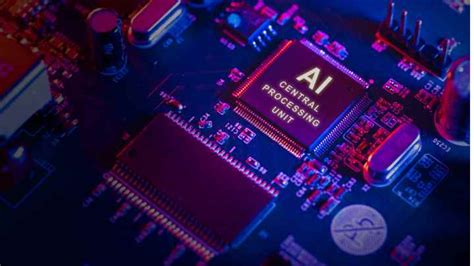
Conclusion
Navigating PCB manufacturing costs and timelines requires balancing technical requirements with budget constraints. When evaluating quotes from PCB manufacturing companies, consider how material choices like FR4 or HDI influence both performance and pricing. Your design’s layer count and production volume directly affect the PCB manufacturing cost, with complex multilayer boards often demanding higher investments in materials and labor.
Lead times hinge on factors such as design complexity and supply chain efficiency—rush orders may accelerate delivery but typically incur premium fees. Modern PCB manufacturing business practices increasingly integrate digital quoting tools, allowing you to input specifications and receive instant estimates. These platforms streamline prototyping decisions, though bulk orders still benefit from direct negotiation with suppliers.
To optimize expenses, prioritize clear communication with manufacturers about tolerances and testing requirements. While cutting corners might reduce upfront costs, it risks long-term reliability. By leveraging industry insights and transparent quoting systems, you can align project timelines with financial goals, ensuring your PCB manufacturing strategy supports both innovation and cost-efficiency.
FAQs
How do material choices affect PCB manufacturing costs?
Material selection significantly impacts PCB manufacturing cost. Standard FR4 substrates are cost-effective for basic applications, while high-density interconnect (HDI) materials increase expenses due to advanced performance requirements. Specialty substrates like Rogers or flexible polyimide further raise pricing.
Why does layer count influence quotes from PCB manufacturing companies?
Each additional layer adds complexity to the fabrication process, requiring more materials, labor, and quality checks. A 2-layer board might cost \$50 per panel, while an 8-layer design could exceed \$300. Higher layer counts also extend lead times by 3–7 days.
Can rush orders reduce PCB manufacturing lead times?
Yes, many PCB manufacturing businesses offer expedited services for prototypes. However, rush fees typically add 20–40% to the base cost. For time-sensitive projects, confirm availability with your supplier early in the design phase.
What tools help estimate PCB manufacturing cost upfront?
Online quoting platforms analyze design files to provide instant estimates based on board size, material, and finish. Upload Gerber files to compare pricing across vendors and adjust specifications like solder mask color or surface finish for budget optimization.
Get Your Custom Quote in Minutes
Need precise pricing for your project? Click here to access our instant quoting tool and connect with certified PCB manufacturing experts. Start your quote now →



